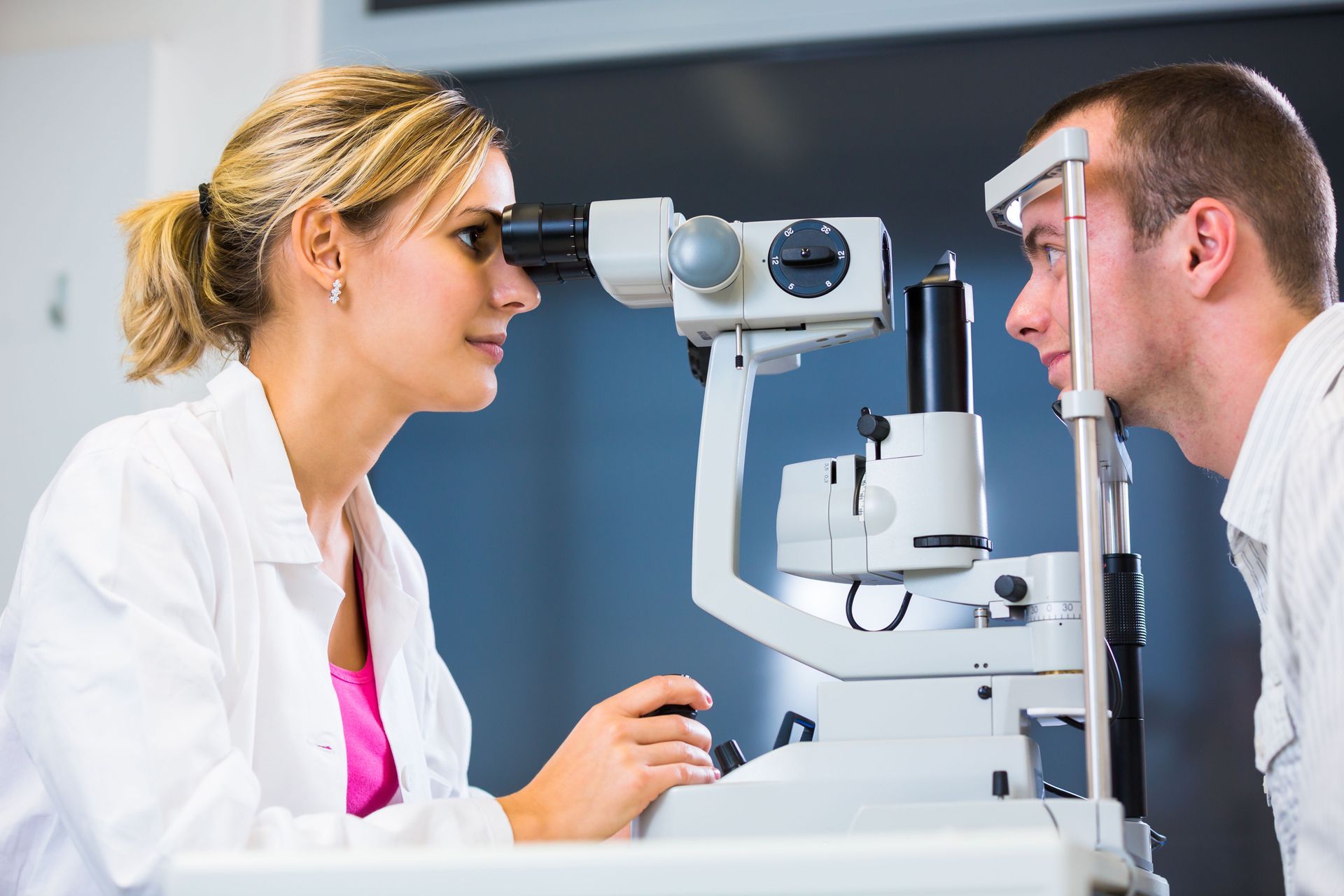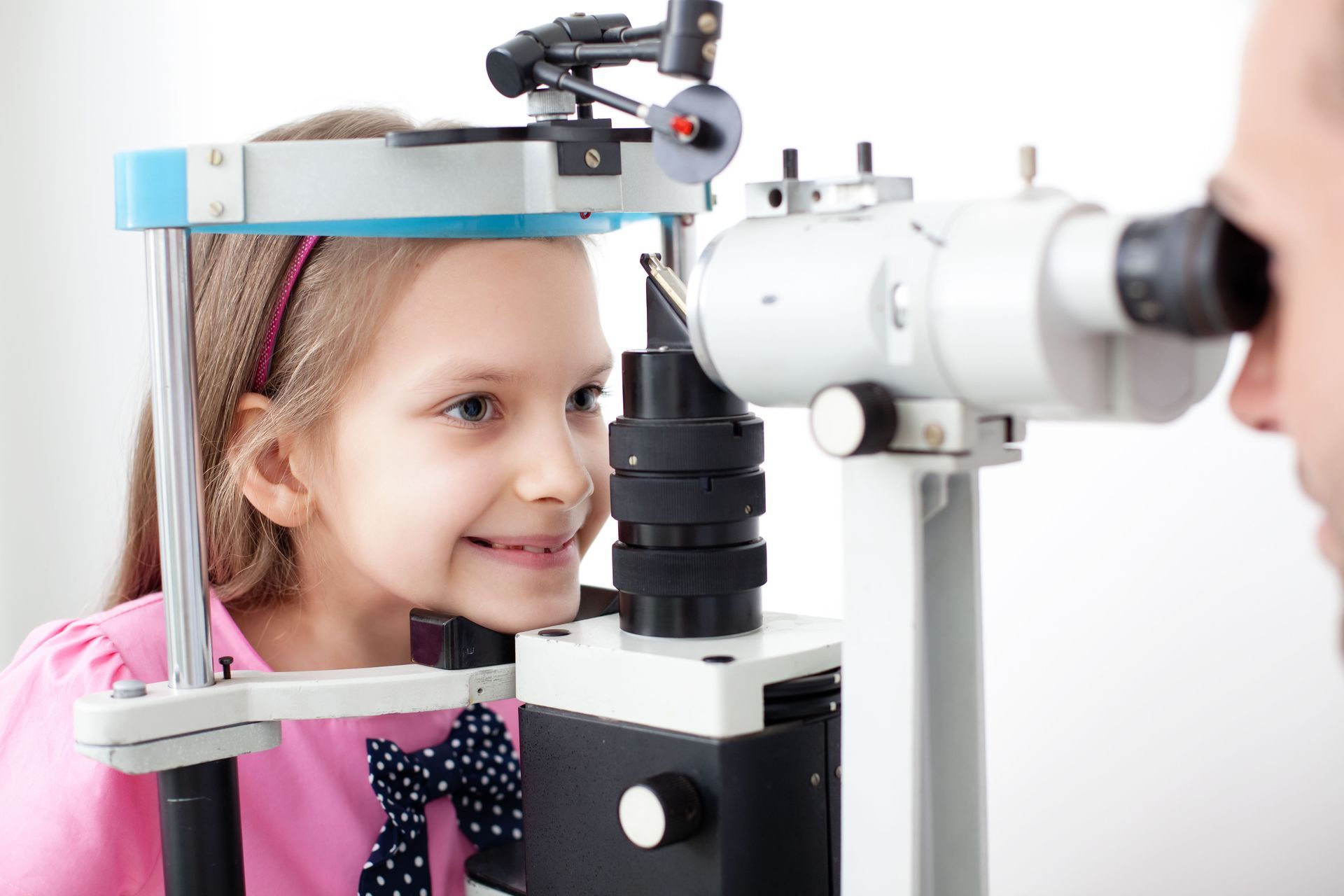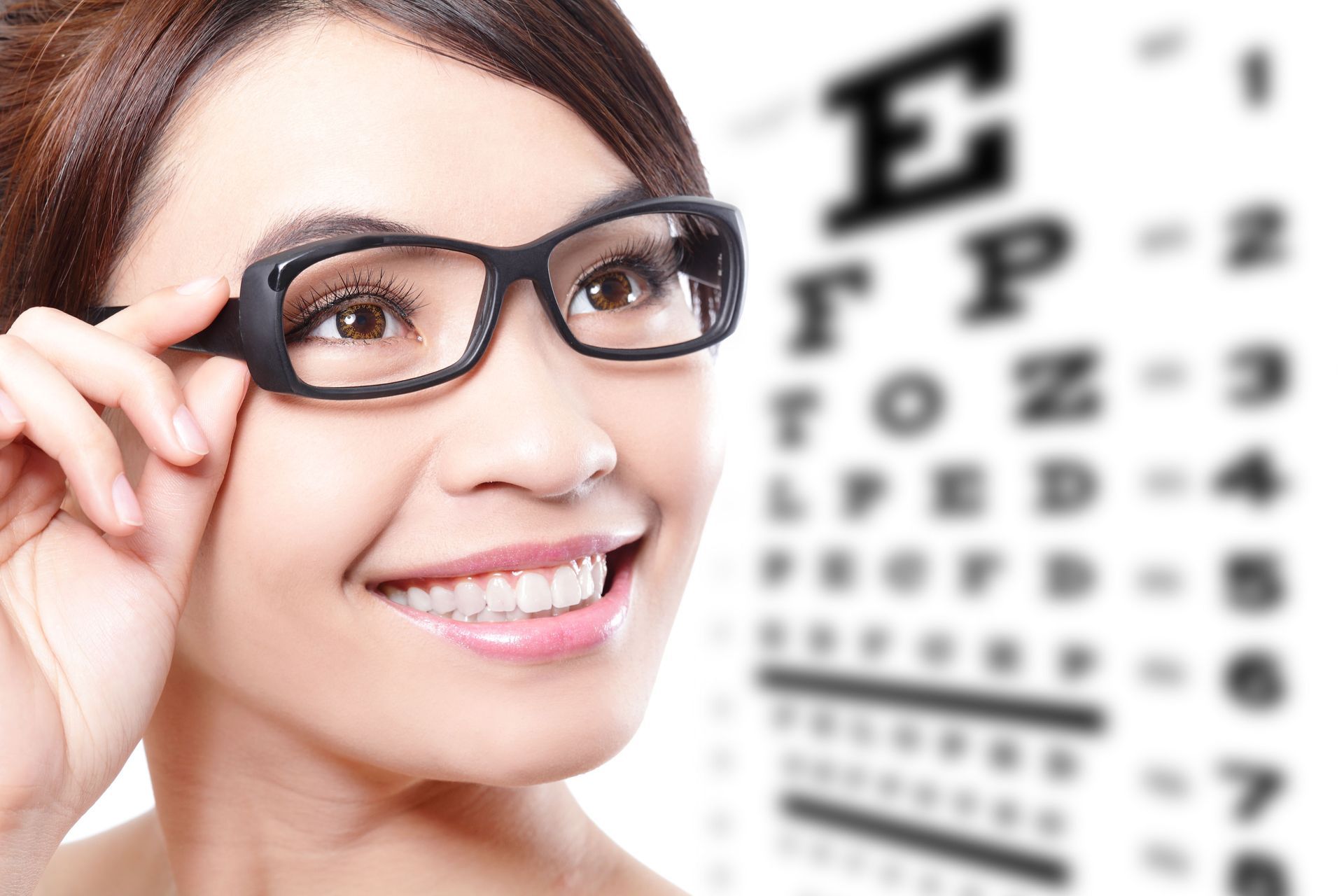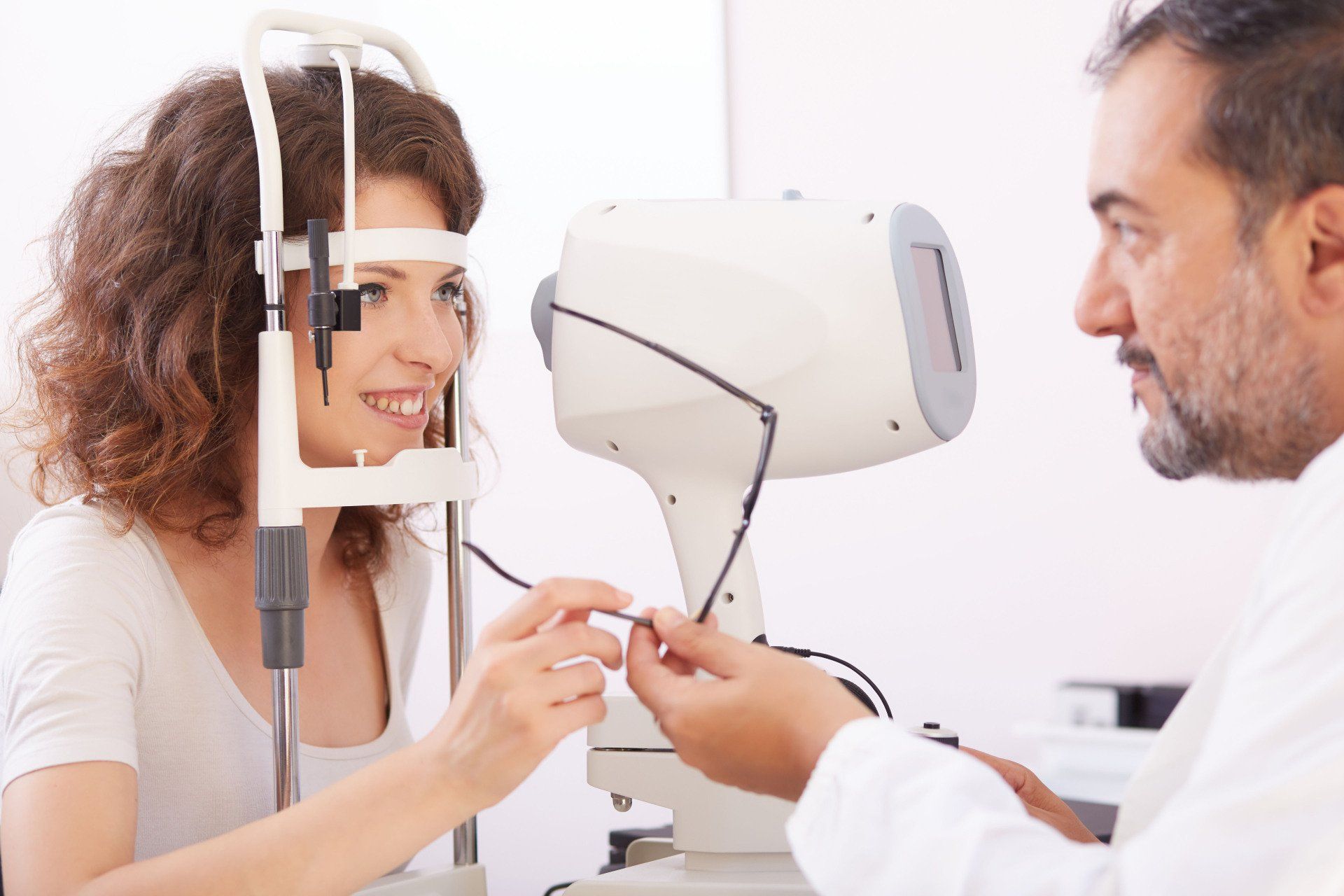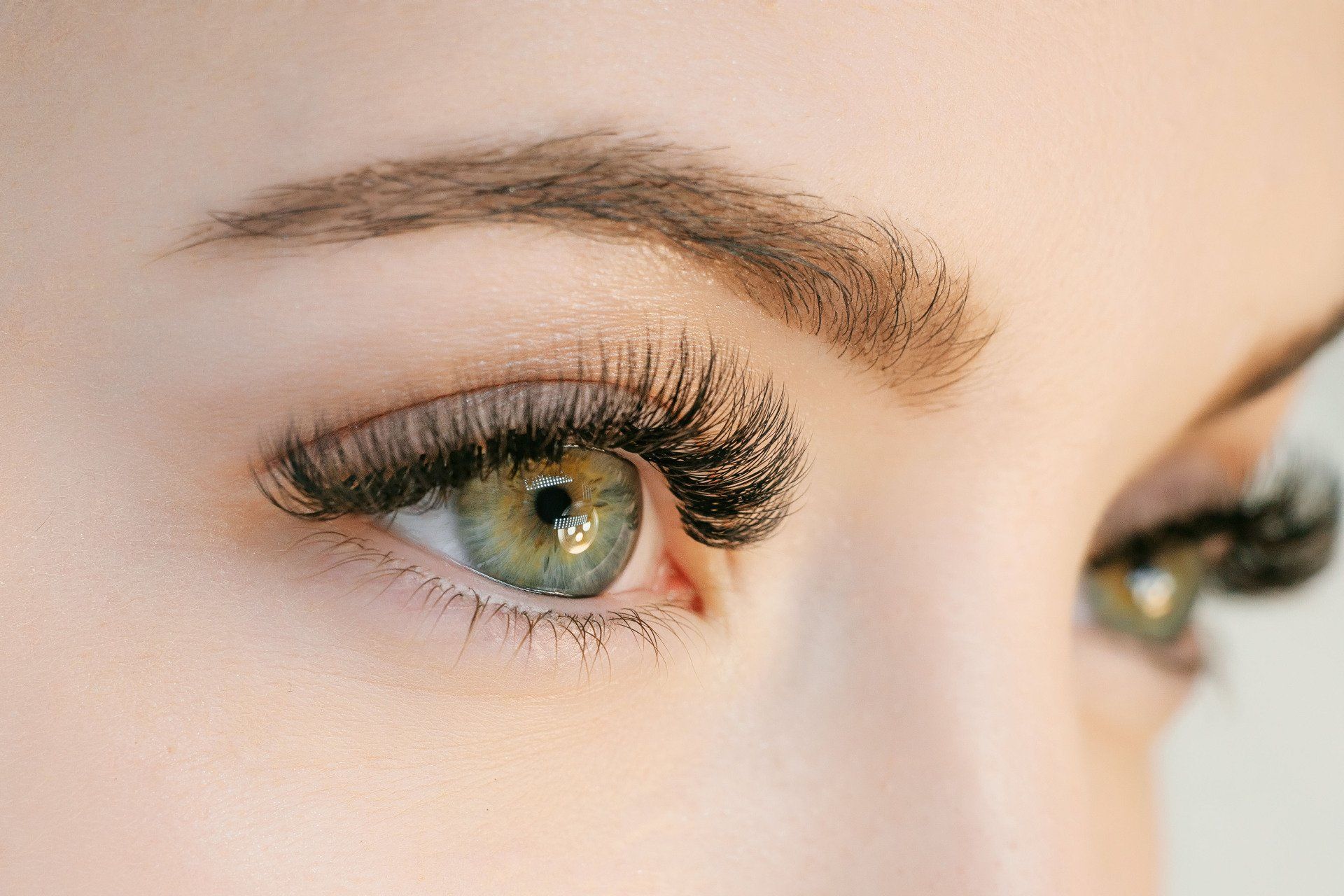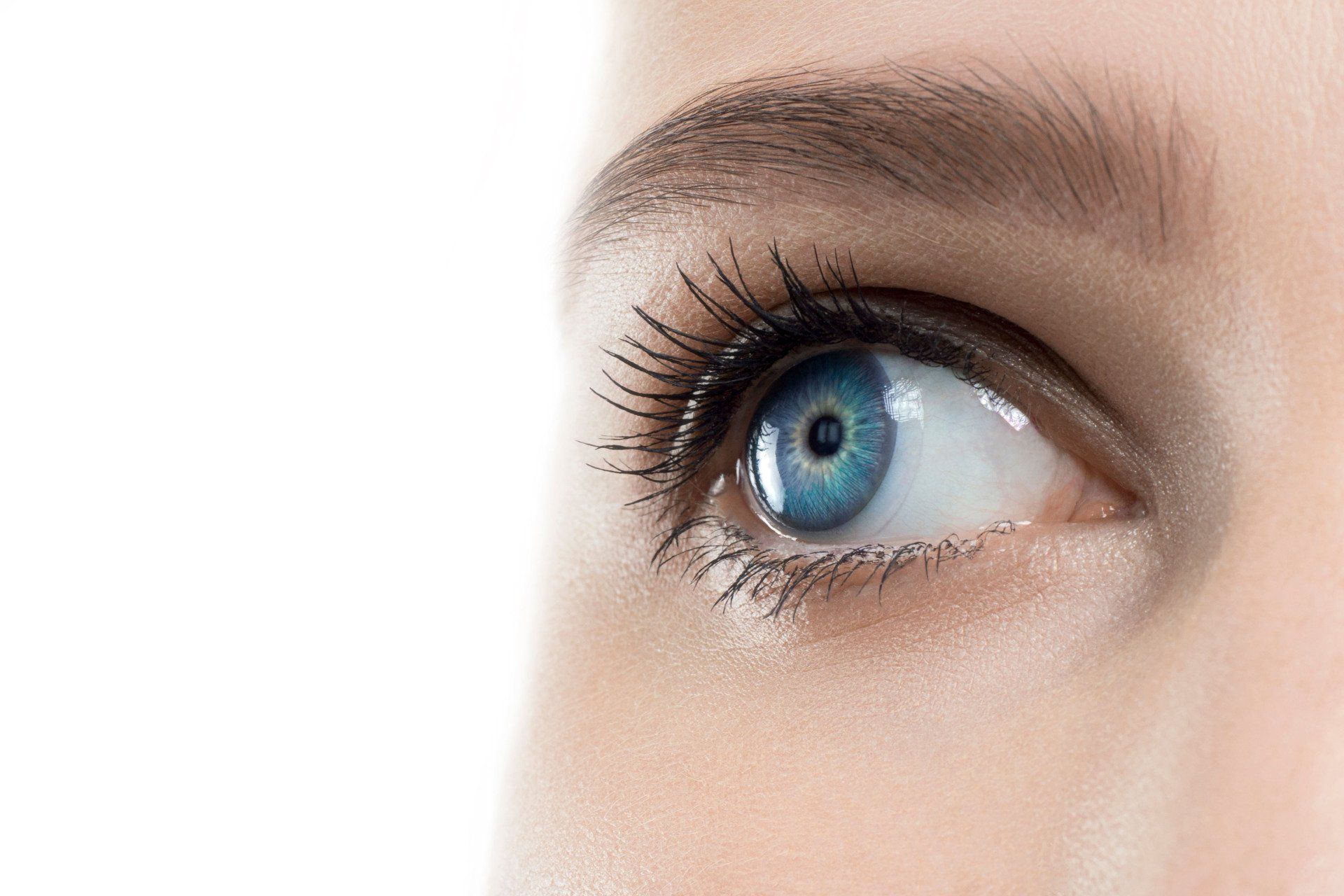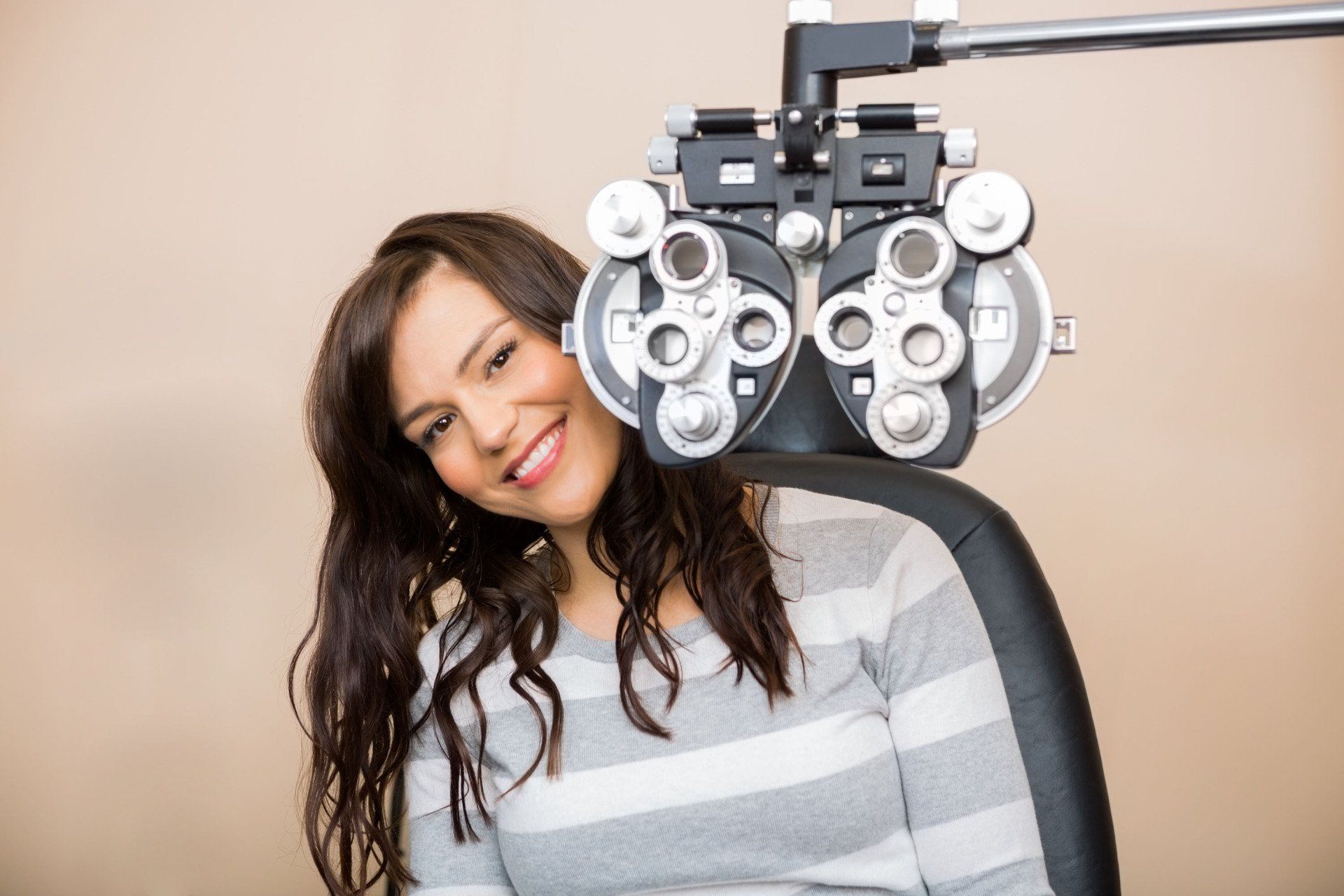What are the Signs of Binocular Vision Disorder?
Binocular vision disorder is a condition in which one has trouble using both eyes together. According to the CDC, in the United States, individuals with vision impairment who are above 40 years are approximately 12 million. Out of 12 million individuals, the blind are estimated to be 1 million, and those with vision impairment are around 3 million even after correction. In addition, those individuals with the disorder due to uncorrected refractive error are approximately 8 million in total. Different signs of bionocular vision disorder may manifest themselves if the child is not getting treatment for their condition right away. They are as follows:
1. Amblyopia or Lazy Eye
Amblyopia is also known as lazy eye, and it occurs when poor sight develops in one eye, but there's nothing wrong with the watch itself. Glasses or contacts can't correct it, but an operation might help improve sight in the affected eye to make it stronger than before. If you notice your child having trouble seeing things clearly with either one or both of their eyes, but their eyes look normal or healthy, then you should suspect that they may have amblyopia. You should be careful about the type of treatment that you give to your child for this condition because it could cause permanent damage to their sight if not handled carefully and with expert advice.
2. Strabismus: Crossed Eyes
Crossed eyes, also known as "strabismus," can happen when one or both of a child's eyes turn inward, outward, upward, or downward instead of having both eyes point in the same direction together at all times. If left untreated, crossed eyes could eventually cause irreversible loss of vision in the affected eye. This is especially common among children who are usually unwilling to socialize with their peers, have very low self-esteem, and are generally shy. If your child is not looking through the center of their eyes when they look at you or anything else for that matter, then you should take them to an eye doctor right away to find out whether their condition will require medical attention or not. Keep in mind, though, that if crossed eyes go untreated for too long, it might cause permanent damage to your child's vision. So, it would be best to seek professional advice as soon as possible without delaying any further than you already have.
3. Rapid Eye Movements
Rapid eye movements usually go hand-in-hand with other symptoms such as lack of coordination, clumsiness, and low muscle tone. Suppose you notice that your child has trouble moving their eyes freely without any problems or difficulties whatsoever. In that case, it's also possible that they might have rapid eye movements. This may be because when children are born prematurely, they are often diagnosed with this condition right away because of the lack of sufficient oxygen within their lungs at birth which could lead to brain damage in some cases if left untreated for an extended period.
4. Nystagmus
Nystagmus is another eye condition that occurs naturally throughout childhood development. However, it's still best to err on the side of caution because it might lead to a more serious problem if left untreated for too long. A few symptoms that may accompany nystagmus are fatigue reduced depth perception, which will make it harder for your child to gauge distances between them and objects around them. Also, they lack coordination and even mental retardation due to the damage it can cause to their brain. If your child exhibits any of these symptoms, then be sure to visit an eye doctor as soon as possible for a diagnosis and proper treatment on how you could help improve their condition.
4. Astigmatism: Distorted Vision
Astigmatism is another common eye condition among children because it's very difficult for parents and other responsible adults to monitor every one of their activities throughout the day. A few of the most common symptoms associated with astigmatism are blurred vision, headaches, vertigo (feeling like your surroundings are spinning), light sensitivity, double vision, and nearsightedness.
If your child is diagnosed with this condition, there was a problem while still in the womb during their mother's pregnancy. It doesn't mean, though, that your child will have to live the rest of their lives being hindered by this condition. Suppose you have the financial means to do so. In that case, you should take your child to a good doctor as soon as possible to be prescribed medication or other forms of treatment that can help improve their symptoms and eventually lead them down a typical path in life.
VISIT US
HOURS
HOURS
CONTACT US
- Main: (610) 477-3794
- Local: (610) 477-3794
- Alternate: (610) 489-1828
- Fax: (484) 971-1214

